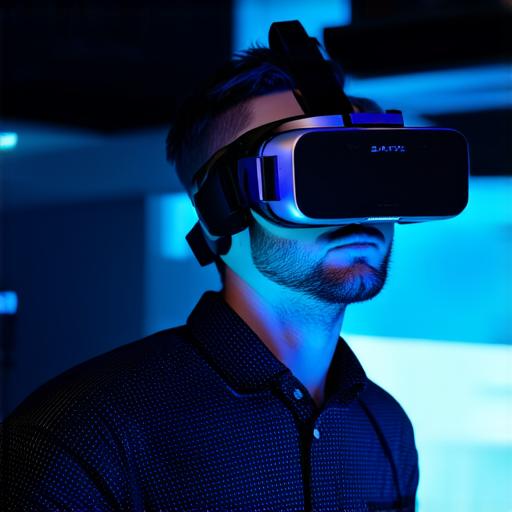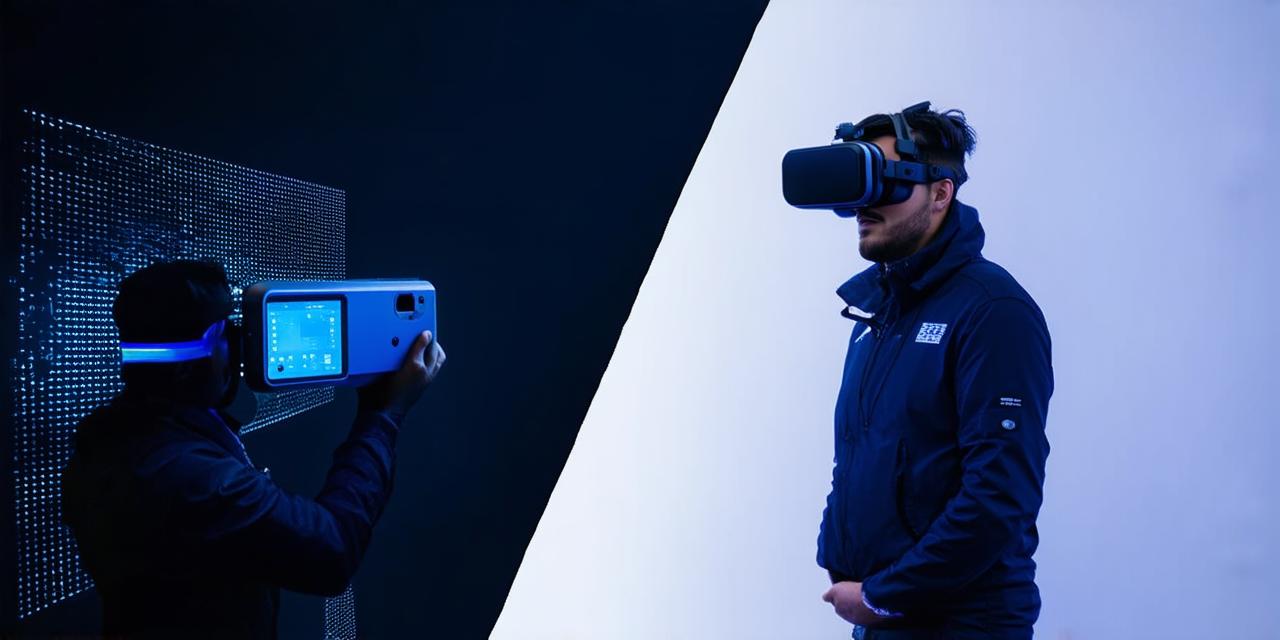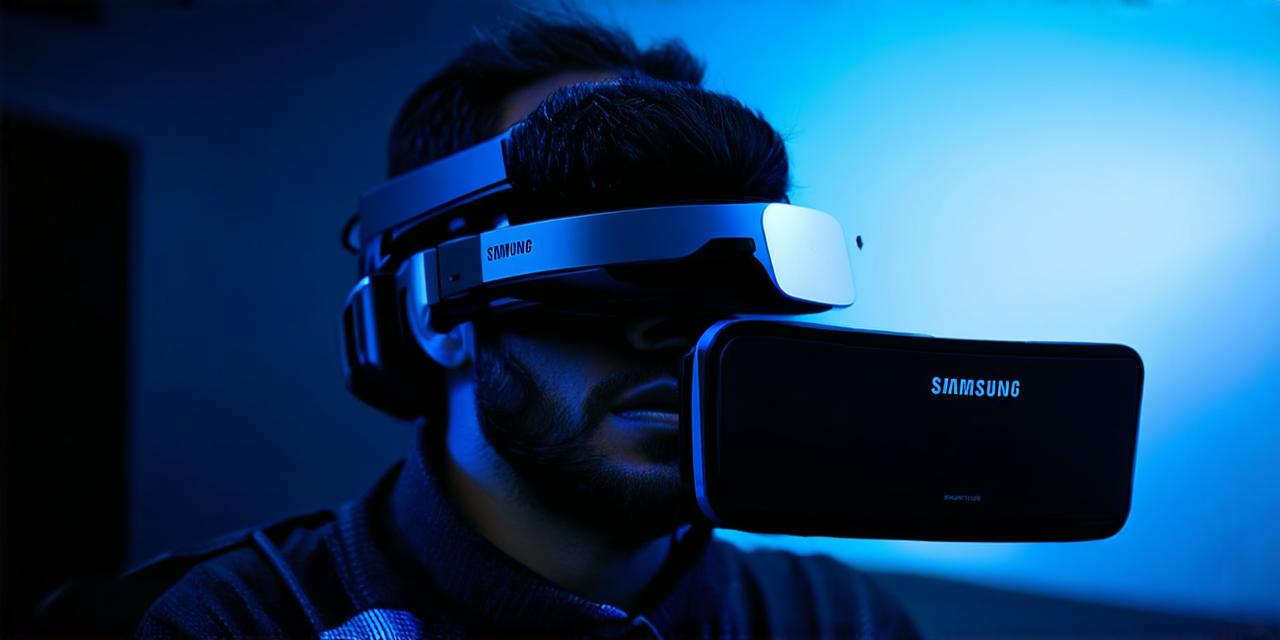Virtual reality (VR) and augmented reality (AR) are both immersive technologies that have gained significant attention in recent years. While they share some similarities, there are also some key differences between them. In this article, we will explore what VR and AR are, how they differ from each other, and their respective applications.
Virtual Reality (VR)
Virtual reality is a computer-generated simulation that completely immerses the user in a digital environment. The user wears a headset or goggles that track their movements and provide a 360-degree view of the virtual world. This technology allows users to interact with objects in the virtual world, making it an ideal tool for gaming, training, and entertainment.
Virtual reality technology is often used in the entertainment industry, where users can experience immersive gaming environments or take a virtual tour of a museum or art gallery. In the business world, VR can be used to train employees for specific tasks or simulate real-world scenarios that are too dangerous or costly to replicate in real life.
Augmented Reality (AR)
Augmented reality is a technology that overlays digital information onto the real world. It uses a camera or a sensor to capture the real-world environment and then adds digital elements, such as graphics or animations, on top of it. This creates an interactive and immersive experience for the user.
AR technology has a wide range of applications in various industries, including healthcare, education, and retail. For example, AR can be used to provide real-time information to doctors during surgeries, help students learn complex concepts by overlaying digital models onto physical objects, or enhance the shopping experience by providing product information when users scan a barcode.
Differences between VR and AR
While both VR and AR technologies provide immersive experiences, they differ in their approach to interacting with the real world. Virtual reality completely immerses the user in a digital environment, whereas augmented reality overlays digital elements onto the real-world environment.

In addition, VR typically requires specialized equipment, such as headsets or goggles, while AR can be experienced through a smartphone or tablet using the device’s camera. VR also tends to be more expensive than AR, both in terms of the technology required and the cost of development.
Summary
In conclusion, virtual reality and augmented reality are two immersive technologies that have their own unique strengths and applications. While they share some similarities, they differ in their approach to interacting with the real world and the type of equipment required to experience them. As these technologies continue to evolve, we can expect to see even more innovative uses and applications emerge.



